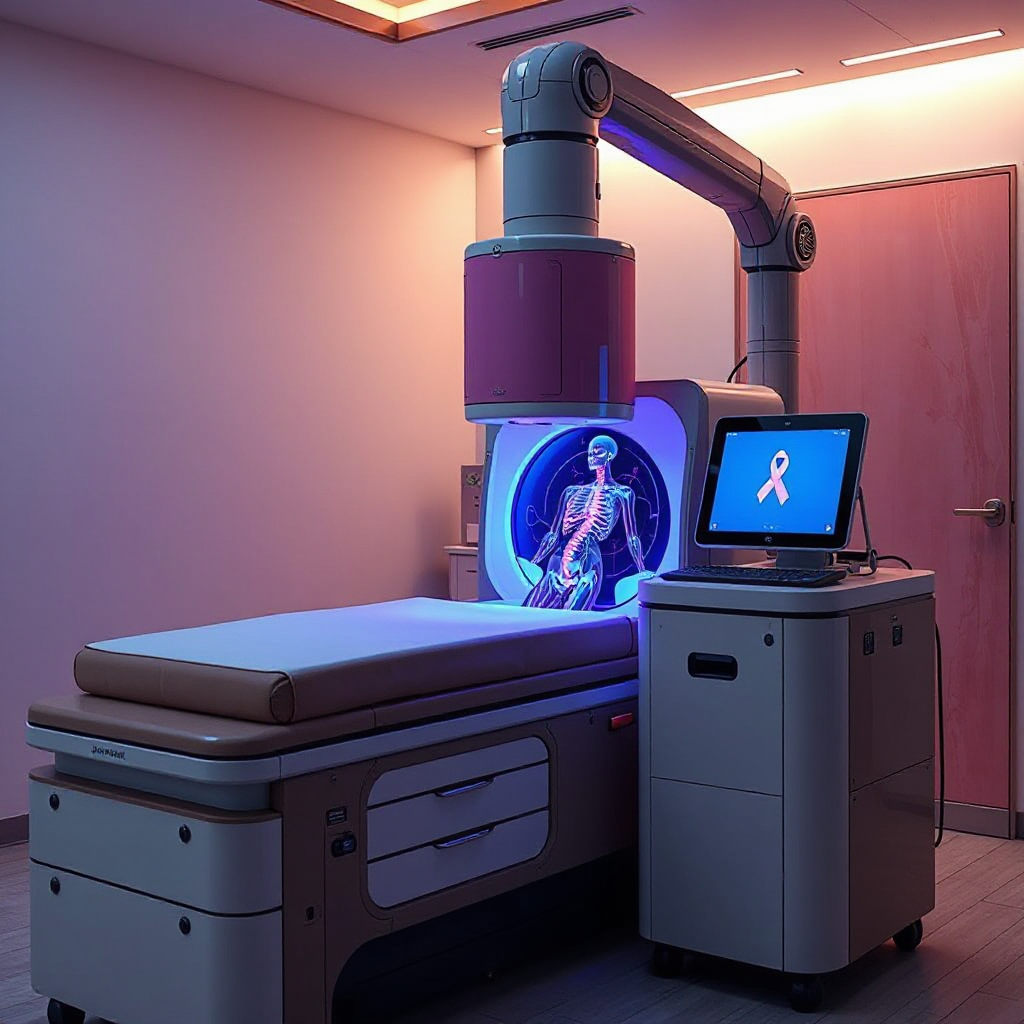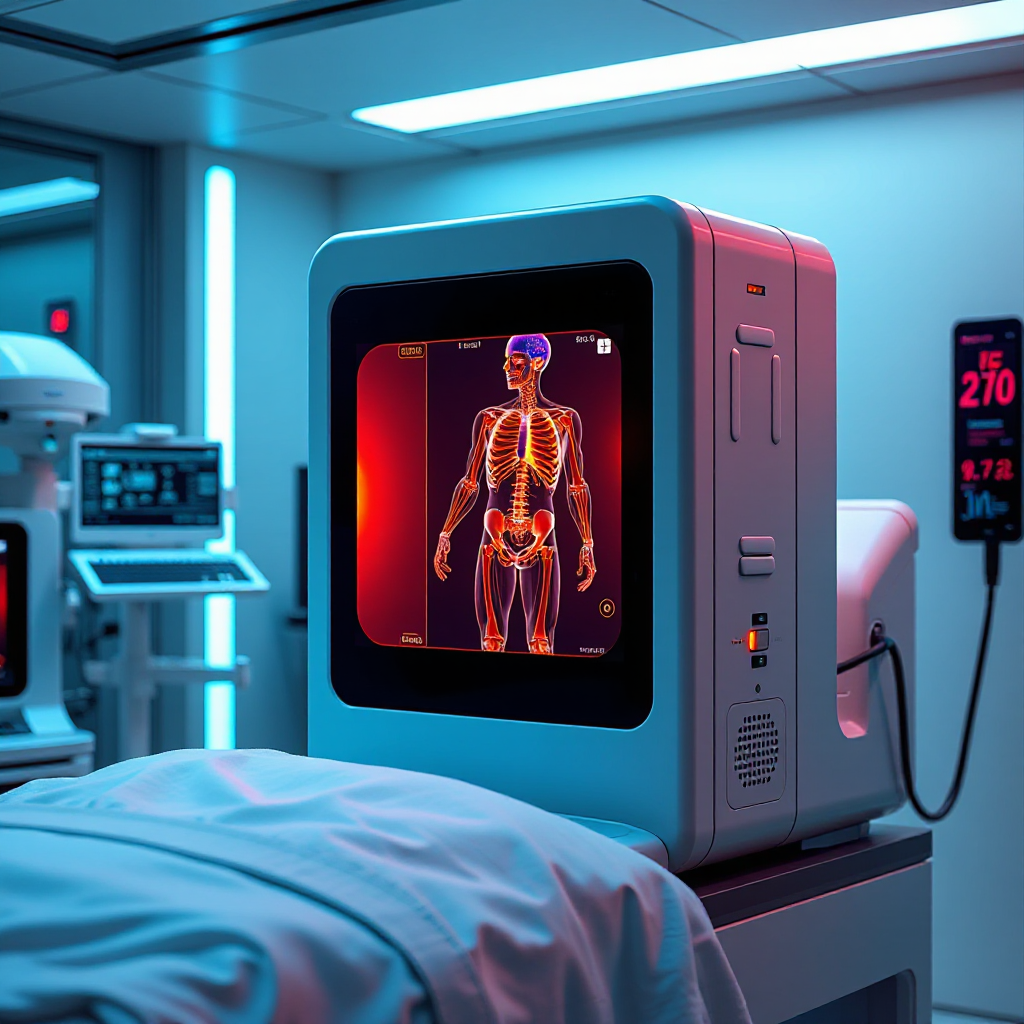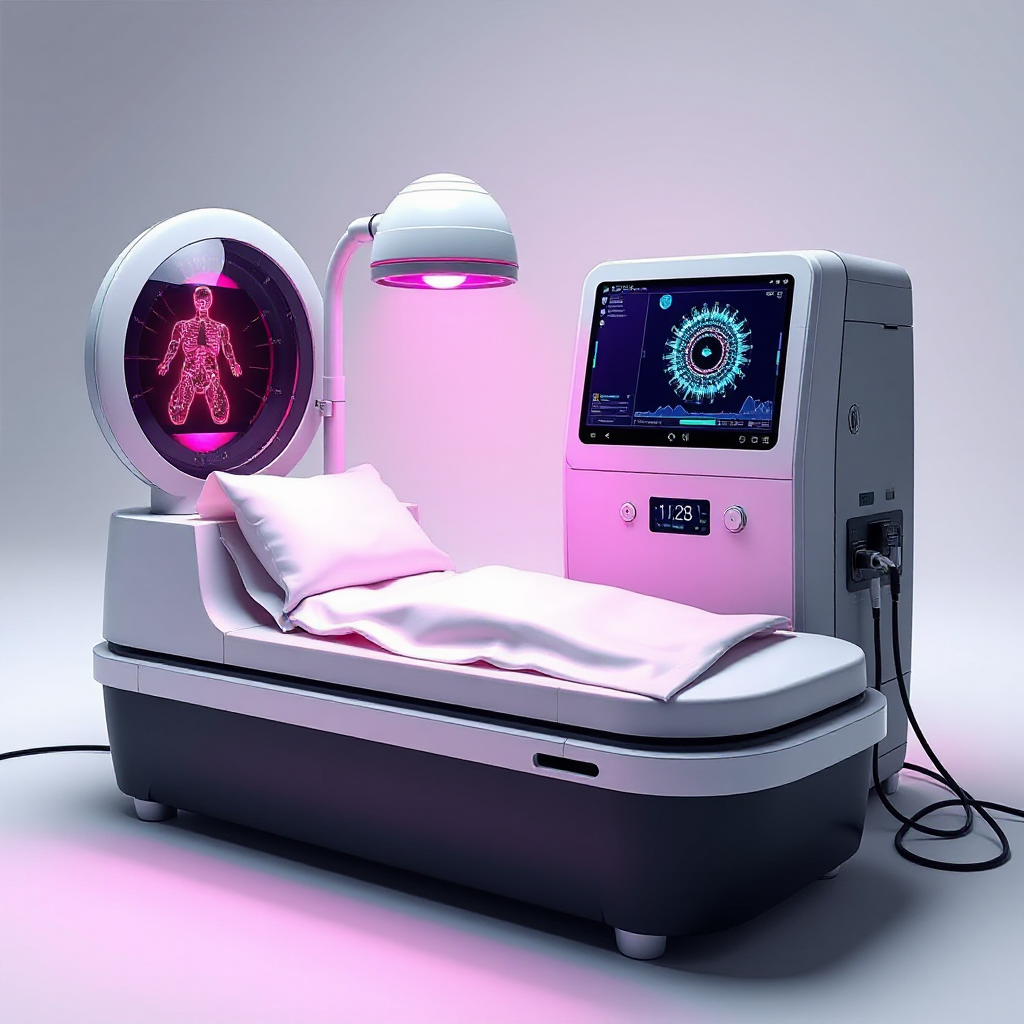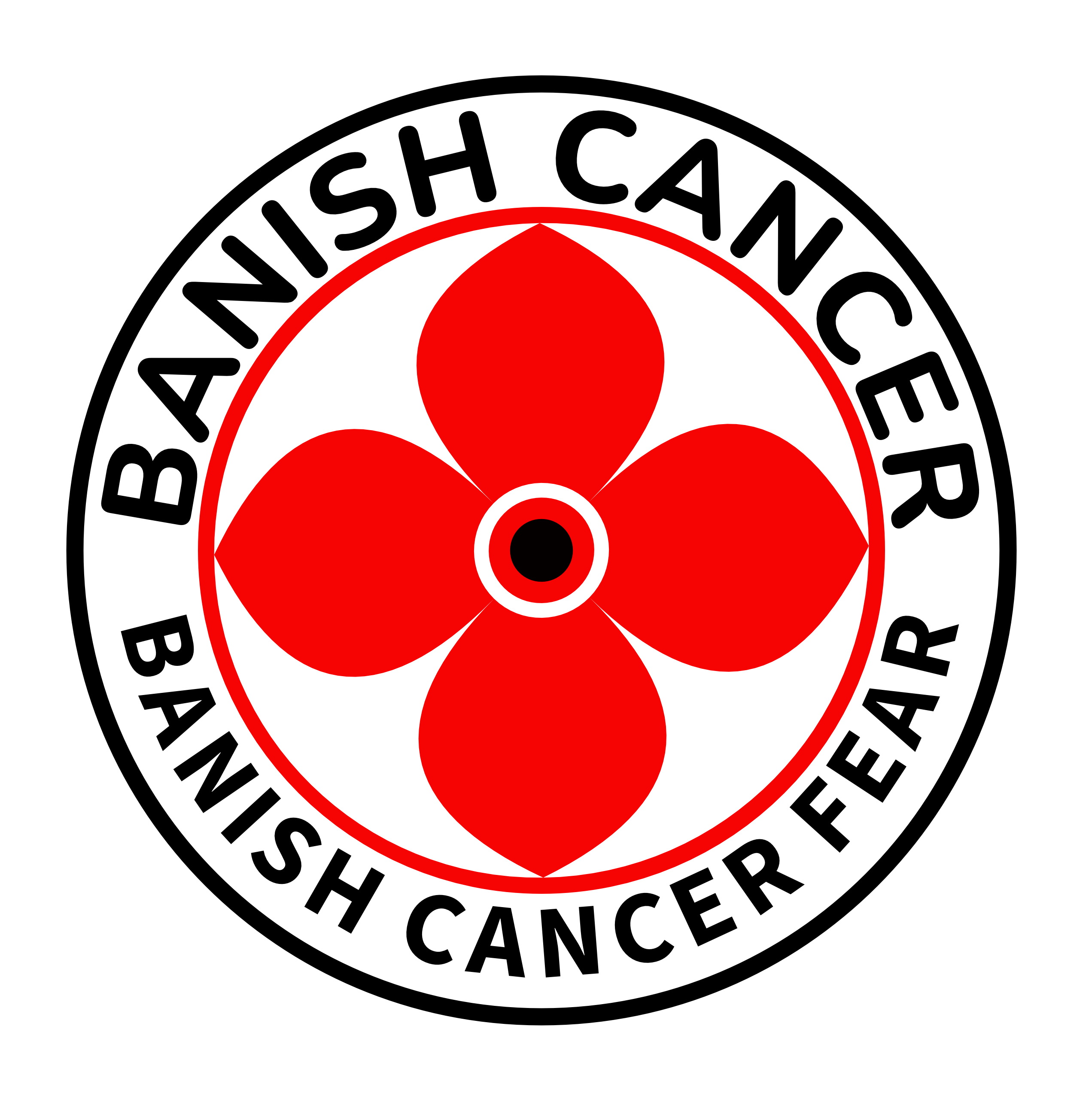How Cancer Treatment with Photodynamic Therapy Works

Cancer treatment with photodynamic therapy (PDT) provides an innovative approach to combating cancer. By utilizing a light-sensitive drug, a specific light source, and oxygen, this method precisely targets cancer cells while minimizing harm to healthy tissue. As a result, patients experience fewer side effects and recover more quickly. Compared to traditional cancer treatments, photodynamic therapy is less invasive and typically results in little to no scarring. For instance, patients treated with PDT for non-resectable cholangiocarcinoma achieved a median survival of 493 days, significantly surpassing the 98 days observed with stenting alone. This highlights the potential of cancer treatment with photodynamic therapy as a highly promising option for many individuals.
Key Takeaways
Photodynamic therapy (PDT) uses a special drug, light, and oxygen to attack cancer cells but avoids harming healthy cells.
PDT causes fewer side effects and less scarring, making it easier than treatments like chemotherapy.
This treatment works well for cancers close to the skin, like skin cancer and esophageal cancer.
Patients usually recover faster with PDT and can return to normal activities sooner.
Talk to your doctor to find out if PDT is a good choice for your type of cancer and treatment needs.
What Is Cancer Treatment with Photodynamic Therapy?
Definition of Photodynamic Therapy
Photodynamic therapy (PDT) is a unique approach to treating cancer. It combines a light-sensitive drug, called a photosensitizer, with a specific light source to destroy cancer cells. When the photosensitizer is exposed to light at certain wavelengths, it produces reactive oxygen species (ROS). These ROS attack the membranes and organelles of cancer cells, causing them to die through processes like apoptosis or necrosis.
Here’s why PDT stands out:
It’s a safer alternative to traditional treatments like chemotherapy or radiation.
It precisely targets cancer cells, leaving healthy tissue mostly unharmed.
It minimizes side effects, making it a more comfortable option for many patients.
Purpose of PDT in Cancer Treatment
The main goal of PDT is to help you fight cancer effectively while reducing harm to your body. This treatment focuses on shrinking tumors, reducing lesions, and even boosting your immune system to better combat cancer. Unlike some other treatments, PDT aims to deliver results with fewer side effects and better cosmetic outcomes. For example, it’s often used to treat cancers in visible areas, like the skin, because it leaves minimal scarring.
By targeting cancer cells directly, PDT helps you achieve a balance between effective treatment and maintaining your quality of life.
Types of Cancers Treated with PDT
PDT is most effective for certain types of cancers, especially those near the surface of the skin or internal linings. Here are some cancers commonly treated with this method:
Skin cancers, including basal cell and squamous cell carcinoma
Esophageal cancer
Non-small cell lung cancer
Actinic keratosis
Advanced cutaneous T-cell lymphoma
Barrett esophagus
If you’re dealing with one of these conditions, PDT might be an option worth exploring. It’s particularly useful for cancers that are localized and accessible to light.
How Cancer Treatment with Photodynamic Therapy Works
The Three Key Components of PDT
Photodynamic therapy relies on three essential components working together to target and destroy cancer cells effectively. Let’s break them down:
Photosensitizer: The Light-Sensitive Drug
The photosensitizer is the star of the show. It’s a light-sensitive drug that gets absorbed by your cells. Interestingly, cancer cells absorb more of it because of their higher metabolic activity. Common photosensitizers include porphyrins, phthalocyanines, and ruthenium complexes. Depending on the type of cancer, doctors may apply the drug topically or inject it into your bloodstream. For example, ALA and MAL are two agents that boost the production of protoporphyrin IX, a key player in PDT. Once the photosensitizer is in place, it waits for activation by light.
Light Source: Activating the Drug
The light source is what brings the photosensitizer to life. When exposed to specific wavelengths of light, the drug gets activated and starts producing reactive oxygen species (ROS). These ROS are what damage and kill cancer cells. Advanced light technologies like lasers and LEDs have made PDT more effective. Lasers, such as argon and dye lasers, can penetrate deeper into tissues, while LEDs are great for treating surface-level cancers quickly and efficiently.
Oxygen: Triggering the Reaction
Oxygen is the final piece of the puzzle. When the photosensitizer is activated by light, it interacts with oxygen in your tissues to produce ROS. These reactive molecules attack the cancer cells, damaging their membranes and organelles. This process leads to cell death, either through apoptosis (programmed cell death) or necrosis (uncontrolled cell death).
Key Component | Description |
|---|---|
Photosensitizers | Drugs like porphyrins and phthalocyanines that absorb light and produce ROS. |
Light Absorption | Ideal photosensitizers work best with light in the 650–900 nm range for deeper tissue penetration. |
Light Exposure | Proper intensity and duration of light are crucial to avoid harming healthy tissues. |
How PDT Destroys Cancer Cells
Once the photosensitizer is activated, it produces ROS that directly attack cancer cells. These molecules damage the cell’s structure, causing it to break down. The destruction doesn’t stop there. PDT also triggers your immune system to recognize and attack any remaining cancer cells. This dual action makes PDT a powerful tool for localized cancer treatment.
Why PDT Targets Cancer Cells and Spares Healthy Tissue
You might wonder how PDT can target cancer cells without harming healthy ones. The secret lies in the photosensitizer. Cancer cells absorb more of it because they grow and divide faster than normal cells. When the light activates the drug, the ROS are produced right where they’re needed—inside the cancer cells. This selective targeting minimizes damage to surrounding healthy tissue, making PDT a precise and effective option for cancer treatment.
The Process of Cancer Treatment with Photodynamic Therapy

Preparation for PDT
Getting ready for photodynamic therapy (PDT) involves a few important steps to ensure the treatment works effectively. Your healthcare provider will guide you through the process, but here’s what you can expect:
Avoid sun exposure for at least 48 hours before your appointment.
Stop using skincare products or medications that might interfere with the treatment.
Stay hydrated by drinking plenty of water.
Avoid alcohol and tobacco products.
Discuss any allergies or past reactions with your doctor.
On the day of the procedure, the treatment area will be carefully prepared:
The area is cleansed with alcohol or acetone to remove oils and impurities.
A photosensitizer, either in liquid or cream form, is applied to the affected area.
The medication is allowed to air dry for a few minutes.
You’ll wait for an incubation period, which can range from 30 minutes to several hours, depending on the type of cancer and your skin.
These steps help ensure the photosensitizer is absorbed properly, setting the stage for effective treatment.
The Treatment Procedure
The actual PDT procedure is straightforward and typically takes place in an outpatient setting. Here’s how it unfolds:
A photosensitizing agent is applied to the treatment area or administered via IV.
You’ll wait 1 to 3 hours (or longer in some cases) for the agent to absorb into the cancer cells.
The treated area is exposed to a specific wavelength of light for 10 to 40 minutes. This activates the photosensitizer, which produces reactive oxygen species to destroy cancer cells.
During the light exposure, you might feel warmth or a mild tingling sensation. Once the session ends, the area is washed, and sunscreen is applied to protect your skin.
Recovery and Aftercare
After PDT, taking care of your skin is crucial for healing and preventing complications. Follow these aftercare tips to ensure a smooth recovery:
Protect the treated area from sunlight for at least 48 hours.
Use a broad-spectrum sunscreen with SPF 30 or higher.
Wear protective clothing and stay in the shade during peak sunlight hours.
Manage redness, swelling, or peeling by keeping the skin moisturized and using gentle cleansers.
Apply a cool compress to soothe discomfort during the first 24 hours.
Avoid picking at scabs or exposing the area to bright light. Attend follow-up appointments to monitor your progress and discuss any concerns with your doctor. With proper care, you’ll recover quickly and get the most out of your cancer treatment with photodynamic therapy.
Benefits and Effectiveness of Cancer Treatment with Photodynamic Therapy

Advantages of PDT
Precision and Targeted Action
Photodynamic therapy (PDT) stands out for its precision. It targets cancer cells directly, leaving healthy tissue mostly unharmed. This happens because photosensitizers, the light-sensitive drugs used in PDT, tend to accumulate in abnormal cells. When light activates the drug, it produces reactive oxygen species (ROS) that destroy cancer cells without affecting surrounding healthy tissue. This targeted approach reduces side effects, making PDT a safer option compared to chemotherapy or radiation.
Minimal Damage to Healthy Tissue
One of the biggest advantages of PDT is its ability to minimize harm to healthy cells. Unlike traditional treatments, PDT doesn’t cause scarring, making it ideal for skin cancers and precancers. Patients often report excellent cosmetic results, which is especially important for cancers in visible areas. Recovery is also smoother, with less pain and discomfort compared to other methods.
Outpatient Procedure with Short Recovery Time
PDT is usually done as an outpatient procedure, meaning you can go home the same day. The treatment itself is quick, and recovery times are shorter than with surgery or radiation. You’ll likely experience minimal downtime, allowing you to return to your daily activities sooner.
Success Rates and Effectiveness
PDT has shown promising results in treating certain cancers. For example, studies reveal that patients with non-resectable cholangiocarcinoma who underwent PDT had a median survival of 493 days, compared to just 98 days with stenting alone. For basal cell carcinoma, PDT offers good cosmetic outcomes, with a recurrence rate of 14% compared to 4% for surgical excision. While it’s highly effective for localized and surface-level cancers, its success depends on the type and stage of cancer being treated.
Comparison to Other Cancer Treatments
When compared to chemotherapy and radiation, PDT offers several advantages:
It effectively treats cancers like basal cell carcinoma and squamous cell carcinoma with fewer side effects.
PDT causes less pain and discomfort during recovery.
Its targeted approach limits damage to healthy tissue, unlike the broader effects of chemotherapy and radiation.
However, PDT works best for cancers on or just under the skin. It’s less suitable for larger or more widespread tumors, which may require other treatment options.
Risks and Limitations of Cancer Treatment with Photodynamic Therapy
Potential Side Effects
Skin and Eye Sensitivity to Light
After photodynamic therapy (PDT), your skin and eyes may become highly sensitive to light. This happens because the photosensitizer used in the treatment remains active for a while. You might notice redness, swelling, or even a burning sensation, especially if you’re exposed to sunlight or bright indoor lights. Some patients also report peeling, itching, or scaling of the treated area. These reactions often feel like a sunburn and usually subside within a few days.
To protect yourself, avoid direct sunlight for at least 48 hours after treatment. Wearing protective clothing, sunglasses, and sunscreen can help minimize discomfort.
Temporary Swelling or Discomfort
It’s common to experience mild swelling or discomfort in the treated area. You might feel tingling, stinging, or even slight pain during or after the procedure. In some cases, patients have reported flu-like symptoms, such as chills or body aches.
Here’s a quick list of other possible side effects:
Redness and crusting
Blisters or scabs
Skin discoloration
Painful breathing or shortness of breath (rare)
While these effects are temporary, let your doctor know if they persist or worsen.
Limitations of PDT
Restricted to Surface or Near-Surface Tumors
PDT works best for cancers located on or just below the surface of the skin. The light used in this therapy can only penetrate about 1/3 of an inch into tissue. This limitation makes it less effective for treating deep-seated tumors.
Limitation | Explanation |
|---|---|
Insufficient light penetration | Light cannot reach deeper tissues, restricting PDT to surface-level cancers. |
Effectiveness on larger tumors | Larger tumors may not respond well due to limited light exposure. |
If your cancer is located deeper within the body, your doctor might recommend alternative treatments.
Not Suitable for All Cancer Types
PDT isn’t a one-size-fits-all solution. It’s most effective for localized cancers, like basal cell carcinoma or esophageal cancer. However, it may not work for cancers that have spread extensively or are located in hard-to-reach areas. Additionally, rare side effects or complications can occur, depending on the tumor’s size and location.
Who Is a Good Candidate for PDT?
Not everyone is an ideal candidate for photodynamic therapy. You might be a good fit if you have lighter skin and localized cancer that’s accessible to light. However, PDT may not be suitable if you:
Have darker skin that could discolor with treatment.
Are very sensitive to light or burn easily.
Can’t avoid sunlight for 24-48 hours post-treatment.
Have medical conditions like lupus or a history of skin infections.
Before starting PDT, discuss your medical history and lifestyle with your doctor. This ensures the treatment aligns with your needs and minimizes risks.
Photodynamic therapy (PDT) offers a precise and innovative way to treat certain cancers. Its targeted approach and minimal invasiveness make it a great option for localized tumors. Here’s why PDT stands out:
It effectively targets cancer cells while sparing healthy tissue.
It stimulates your immune system, boosting its ability to fight cancer.
PDT combines well with other therapies, enhancing overall treatment outcomes.
However, it’s important to consider its limitations, like light penetration challenges and tumor size. These factors play a role in determining if PDT is right for you.
Factor | Description |
|---|---|
Type of Condition Being Treated | Simpler conditions are less expensive to treat. |
Larger or more severe tumors may require more extensive treatment. | |
Number of Sessions Needed | More sessions can increase the total cost. |
Geographic Location | Urban areas and advanced facilities may charge higher fees. |
Type of Photosensitizer Used | Different drugs have varying costs, affecting overall expenses. |
Talk to your healthcare provider to see if PDT fits your condition and treatment goals. It could be the precise solution you’re looking for!
FAQ
What types of light sources are used in PDT?
Doctors use lasers, LEDs, or other specialized light sources in PDT. Each light source emits specific wavelengths that activate the photosensitizer. For example, lasers can penetrate deeper tissues, while LEDs work well for surface-level cancers. Your doctor will choose the best option for your condition.
How long does a PDT session take?
A typical PDT session lasts 10 to 40 minutes. The exact time depends on the size and location of the treated area. You’ll also need to wait 1 to 3 hours beforehand for the photosensitizer to absorb into the cancer cells.
Is PDT painful?
You might feel mild warmth, tingling, or stinging during the procedure. Afterward, the treated area could feel like a sunburn. These sensations are temporary and usually subside within a few days. Let your doctor know if you experience severe discomfort.
Can PDT be combined with other treatments?
Yes! PDT often works well with other therapies like surgery, chemotherapy, or radiation. Combining treatments can improve outcomes, especially for advanced cancers. Your healthcare team will create a personalized plan based on your needs.
How soon can I return to normal activities after PDT?
Most people resume daily activities within a day or two. However, you’ll need to avoid sunlight and bright indoor lights for at least 48 hours. Follow your doctor’s aftercare instructions to ensure a smooth recovery.
Tip: Wear protective clothing and sunscreen to shield your skin during recovery.
See Also
Recognizing Symptoms and Treatment Options for Conjunctival Melanoma
Choriocarcinoma: Key Information and Treatment Approaches Explained
Identifying Symptoms and Treatment Methods for Duodenal Cancer
Symptoms and Treatment Insights for Choroid Plexus Carcinoma
Essential Information About Carcinoid Tumors and Their Management
